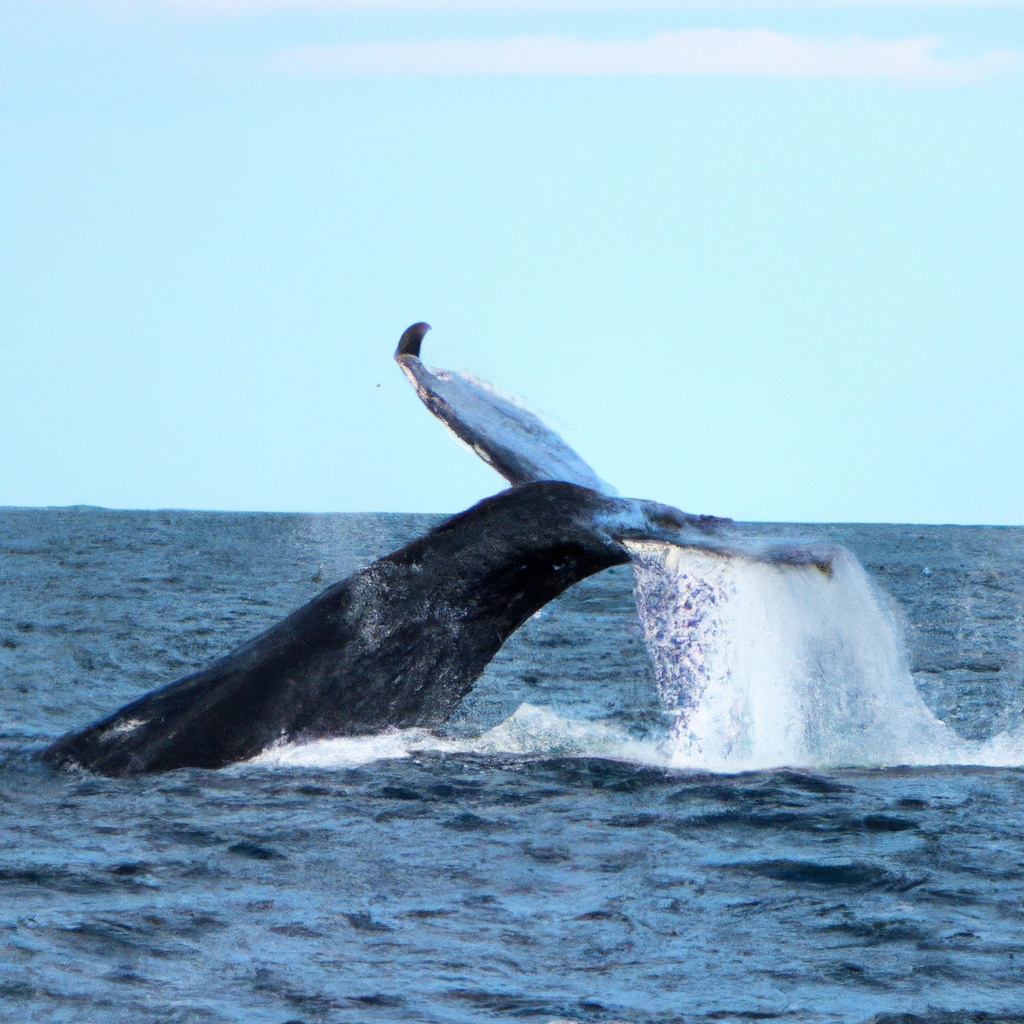Looking to embark on thrilling whale watching adventures? Discover the top tips for a successful experience in our latest article!
Essential gear for whale watching
Whale watching is a thrilling experience that allows you to witness these majestic creatures in their natural habitat. To make the most of your whale watching adventure, it’s essential to have the right gear with you. Here are some must-have items to ensure you’re prepared for a successful outing.
Binoculars
Binoculars are essential for spotting whales in the vast ocean. Look for a pair with a good magnification power and a wide field of view to help you spot whales breaching or spouting water from a distance. Waterproof binoculars are ideal to withstand any sea spray you may encounter.
Camera or Smartphone
A camera or smartphone with a good zoom lens is a must-have to capture those magical moments when whales surface or show off their acrobatic skills. Be ready to snap away and create lasting memories of your encounter with these gentle giants.
Waterproof Clothing
Whale watching can be a wet and chilly experience, especially if you’re out at sea. Waterproof clothing such as a jacket, pants, and footwear will keep you dry and comfortable throughout the excursion. Don’t forget to pack along some extra layers to stay warm in the cool ocean breeze.
Sun Protection
Sun protection is crucial when spending time out on the water. Remember to bring along sunscreen, sunglasses, and a hat to shield yourself from the sun’s harmful rays. A sunburn can quickly put a damper on your whale watching adventure.
Snacks and Water
Long hours of whale watching can work up an appetite. Pack some snacks and water to keep yourself energized and hydrated during the excursion. Opt for easy-to-carry snacks like granola bars, nuts, or fruits to tide you over until you return to shore.
Sea Sickness Remedies
If you’re prone to motion sickness, it’s wise to bring along some sea sickness remedies like ginger candies, wristbands, or medication to prevent any discomfort while at sea. Enjoying the sight of whales is much better when you’re feeling your best.
By having these whale watching essentials on hand, you’ll be well-prepared for an unforgettable experience out on the water. Remember to respect the whales’ space and follow the guidelines provided by your tour operator to ensure a safe and enjoyable outing.
Choosing the right whale watching tour
So you’ve decided to embark on a thrilling whale watching adventure, but with so many tour options available, how do you choose the right one for an unforgettable experience? Here are some key factors to consider when selecting your whale watching tour:
Destination
The first step in choosing the right whale watching tour is to decide on your desired destination. Whale watching tours can vary greatly depending on the location, with popular spots including the coast of California, Alaska, Iceland, Australia, and Norway. Research the best locations for whale sightings during the time of year you plan to visit to maximize your chances of spotting these magnificent creatures.
Season
Whale migration patterns and feeding habits vary throughout the year, so it’s essential to plan your tour during the optimal season for whale sightings. Summer and fall are typically the best times for whale watching in many locations, as whales are more active and easier to spot during these months.
Types of Whales
Consider what types of whales you are most eager to see. Humpback whales, blue whales, orcas, and gray whales are among the most commonly sighted species during whale watching tours. If you have a particular interest in a specific whale species, choose a tour that focuses on sightings of that species.
Duration and Amenities
Whale watching tours can range from a few hours to several days, so decide on the duration that best suits your preferences. Consider the amenities offered on the tour, such as onboard naturalists, comfortable seating, restroom facilities, and food and beverage options. Choose a tour that provides the level of comfort and service you desire for your whale watching experience.
Environmental Responsibility
Opt for whale watching tours that prioritize environmental conservation and responsible whale watching practices. Choose companies that follow guidelines to minimize disturbance to the whales, such as maintaining a safe distance, reducing noise pollution, and avoiding overcrowding around whale pods. Selecting an eco-friendly tour operator ensures that your whale watching experience is sustainable and respectful of marine wildlife.
Research and Reviews
Before booking a whale watching tour, conduct thorough research on different tour operators and read reviews from previous participants. Look for positive feedback regarding sightings, knowledgeable guides, and overall customer satisfaction. By choosing a reputable and well-reviewed tour operator, you can increase the likelihood of a successful and rewarding whale watching experience.
Selecting the right whale watching tour is crucial for a memorable and exciting adventure filled with close encounters with these magnificent marine mammals. Consider these factors when making your decision to ensure an enriching and unforgettable whale watching experience.
Timing and location are key
When it comes to whale watching, nothing beats the thrill of seeing these magnificent creatures in their natural habitat. However, to maximize your chances of a successful whale watching experience, timing and location play a crucial role. Here are a few tips to ensure you make the most of your whale watching adventure.
Best time for whale watching
Knowing when to go whale watching can significantly impact your chances of spotting these marine giants. Keep in mind that whale migration patterns vary depending on the species. Research the specific whales you want to see and their migration routes to plan your trip accordingly. In general, spring and summer months are prime times for whale watching in many locations around the world.
Choosing the right location
Location is another key factor in successful whale watching. Some regions are known hotspots for whale activity due to their abundant food sources or breeding grounds. Popular whale watching destinations include Iceland, Norway, Canada, Mexico, and Australia. Consider factors like water temperature, currents, and underwater topography when selecting a location for your whale watching excursion.
Local knowledge and tours
For a truly memorable whale watching experience, consider booking a tour with a local guide who knows the area well. Local guides often have insider knowledge about whale behavior, the best viewing spots, and the optimal times of day for whale watching. They can also provide valuable information about the marine ecosystem and conservation efforts in the region.
Be patient and respectful
- Whale watching requires patience, as these animals follow their own pace and schedules.
- Remember to keep a safe distance from the whales and follow guidelines to avoid disrupting their natural behavior.
- Observe quietly and avoid making loud noises or sudden movements that could startle the whales.
Whale watching is a truly magical experience that allows us to connect with nature’s beauty and grandeur. By considering the timing and location of your whale watching adventure, you can increase your chances of witnessing these majestic creatures in their natural habitat while respecting their environment. Remember to be patient, stay informed, and above all, enjoy the awe-inspiring spectacle that is whale watching.

